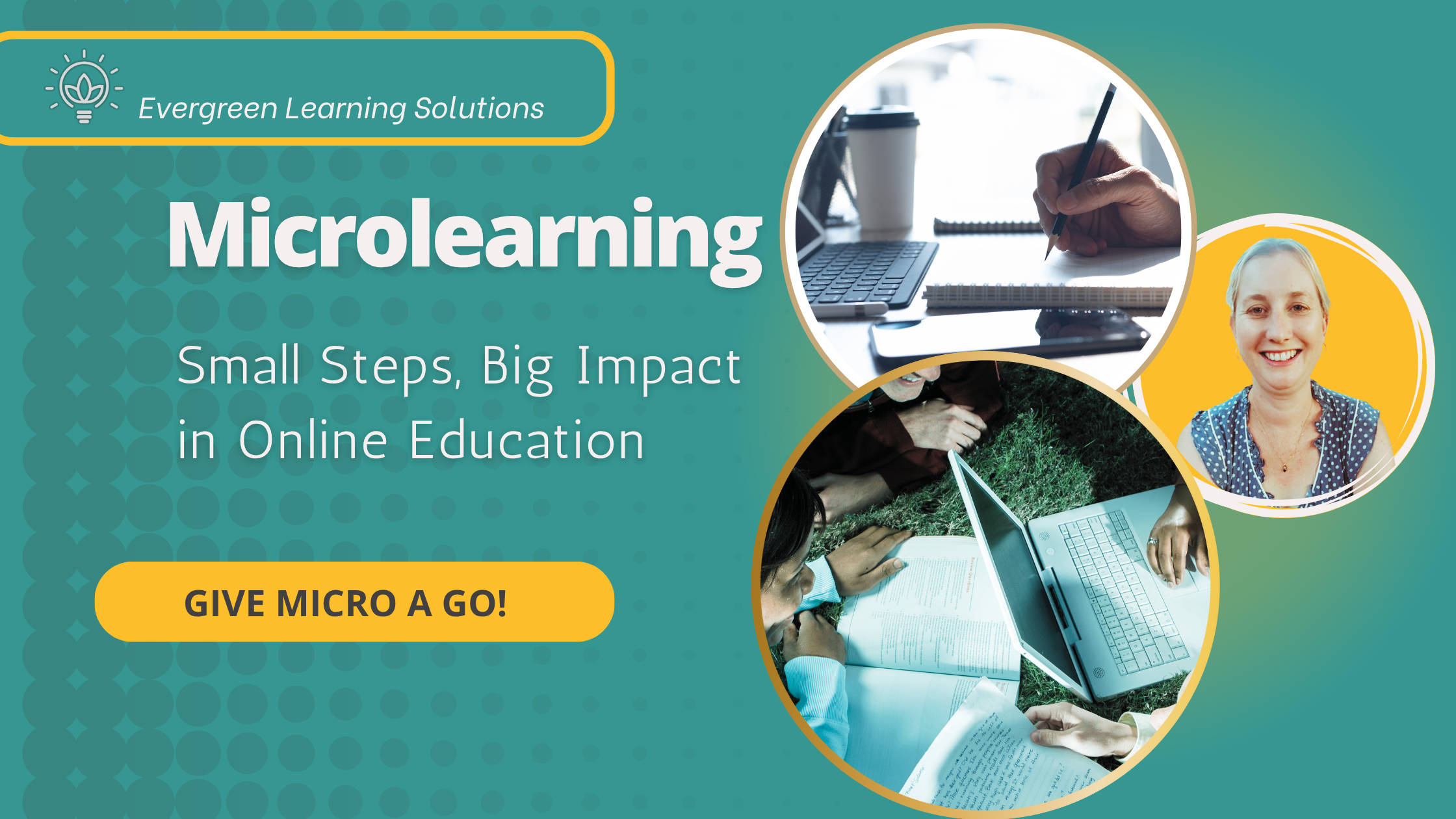In a world where attention spans are short and time is precious, microlearning is becoming one of the most effective strategies for delivering meaningful learning experiences. But what exactly is microlearning, and how can you use it to help your learners absorb content more effectively – without overwhelming them?
Let’s dive into the power of small, focused learning moments.
What is Microlearning?
Microlearning refers to bite-sized learning experiences that focus on a single objective or topic. These lessons typically take less than 10 minutes to complete and are designed to be easily consumed on the go—perfect for busy adults and time-poor teams.
Think:
🎧 A 5-minute podcast clip
📺 A short explainer video
📄 A quick checklist or tip sheet
📸 An infographic breaking down one concept
🧠 A daily reflection or journaling prompt – test ours out at the bottom of the page or here!
📈 A quick case study or success story
🔍 A clickable process map or mini tutorial
📤 A “how-to” email with one clear task
The goal? Deliver the right amount of content at the right time—so it sticks.
Why Microlearning Works
Microlearning is grounded in brain science and modern learning habits. Here’s why it’s so effective:
✅ Reduces cognitive overload – Learners can focus on one topic at a time without getting lost in lengthy modules.
✅ Increases retention – Smaller chunks of information are easier to process and remember.
✅ Boosts engagement – Quick wins create momentum and motivation to keep going.
✅ Fits modern lifestyles – Learners can access content on their own terms—whether they’re on a break, in between tasks, or commuting.
When to Use Microlearning
Microlearning is perfect for:
• Quick daily learning – Share one small idea, strategy, or skill each day to build momentum.
• Spaced learning – Spread content out over time to help learners stay engaged and retain more.
• Just-in-time support – Provide helpful tips or reminders right when learners need them.
• Content refreshers – Reinforce key points from previous lessons without repeating full modules.
• Standalone skill-building – Teach one small, practical skill that can be applied immediately.
• Mobile-first experiences – Ideal for learners on phones or tablets.
Microlearning in Action: Examples
Here’s what microlearning might look like in your context:
👩🏫 Coaches – A daily mindset tip or short scenario to help clients shift perspective or take action.
🏢 Small businesses – A 2-minute video on how to set up an automated welcome email for new customers.
🎓 Educators – A short explainer video introducing one new strategy, followed by a one-question reflective prompt.
🧑💻 Course creators – A weekly “micro-lesson” covering one step of a larger process.
👥 Team leaders – A bite-sized case study or decision-making challenge.
📸 Marketing teams – A micro-tutorial on writing better Instagram captions, with a before-and-after example.
Tips for Creating Effective Microlearning
Ready to try it out? Here’s how to make your microlearning shine:
🧠 Keep it focused – Stick to one learning goal per micro-lesson.
🎯 Make it actionable – Include something learners can apply immediately.
📱 Design for mobile – Use clear visuals and minimal text for small screens.
📈 Track progress – Use completion checkmarks or badges to show growth.
Final Thoughts: Start Small, Think Big
Microlearning isn’t about reducing content—it’s about refining it for impact. When done well, microlearning can become a powerful part of your learning strategy, helping people learn better, faster, and more confidently.
Whether you’re building a new learning journey or refreshing an old course, microlearning might just be the secret sauce you’ve been missing.
Want help designing microlearning for your business or team?
I work with small businesses and educators to create simple, effective learning solutions. Let’s chat about what might work for you. Contact Us
